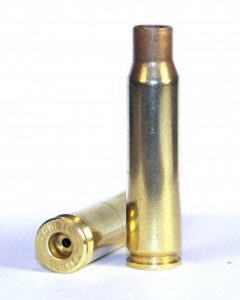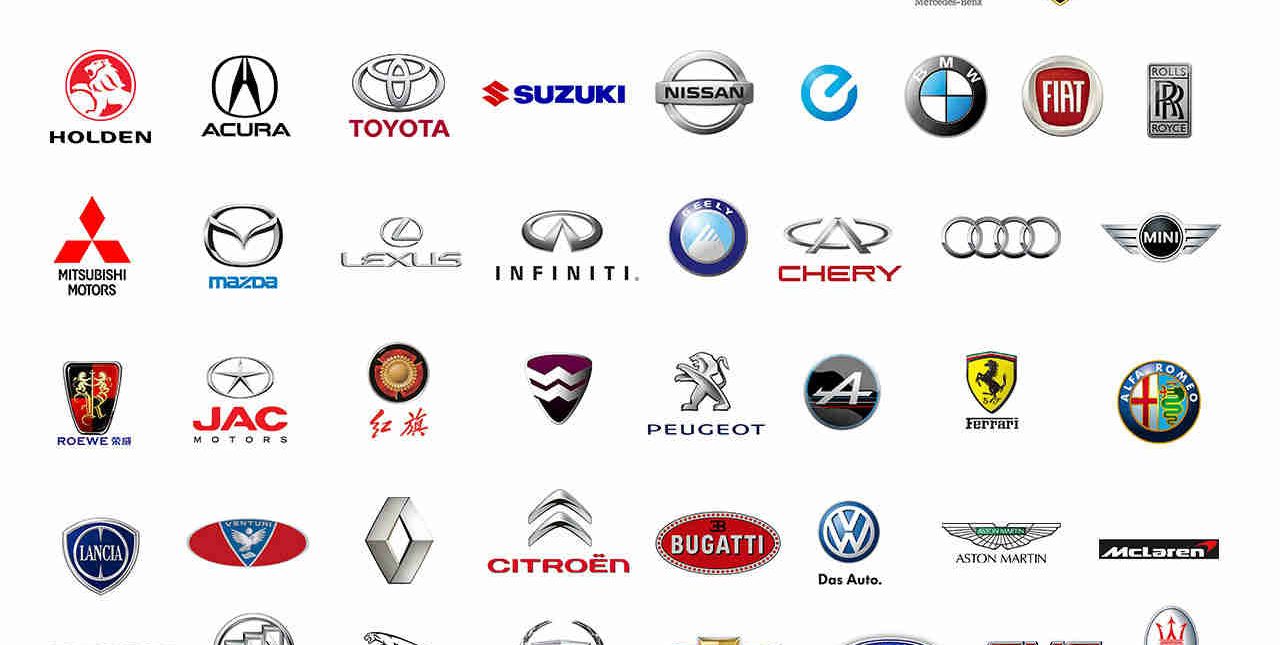Mid-way through my high school years my dad bought a new 1974 Chevy Vega. It was his attempt to buy a small fuel efficient vehicle. For my brother and me it was an imaginary sports car. It was a fun car; however it was disappointing to find out that at 40,000 miles it was ready for the scrapyard. It was an era when auto makers were more interested in selling cars then providing quality. In the end, our Vega’s aluminum bore – 4 cylinder engine burned more oil than gas, doors sagged, the clutch slipped, wheel bearings whined, and many interior components stopped working all together. Fact is, it was not uncommon for cars of that period to reach the end of their life before 100,000 miles.
The Vega, and other cars of the day, was a product of a highly refined mass production system. From its inception by Henry Ford in the early 1900’s, mass production served the auto industry and consumer well. Low manufacturing costs made it possible for nearly every household in America to own a car. The downside was not every household owned a high quality, reliable car.
At the end of WWII Toyota lacked the required capital to support the growing post war car market. One unique problem was their shortage of stamping presses in the body works group. At that time automakers typically had dedicated presses with a single die, avoiding complex changeovers. Toyota’s lack of capital prohibited this investment. Toyota leaders focused their efforts, during the fifties, on developing basic single minute exchange of die (SMED) techniques used today. They were able to reduce changeover times for a high tonnage press from days to minutes. Fast changeovers quickly lead to releasing small lots. Small lots meant low inventory and low inventory brought about the early discovery of defects, making it possible for Toyota to establish their “stop the line” policy when defects are discovered. In essence, lean operated on the tenants of simplicity, elimination of waste and continuous improvement.
 From 1950 to 1979, consumers added quality and reliability to their car buying checklists when buying small, fuel efficient cars. By 1980, shortly after the Vega went out of production, 25% of the global market shifted from American to Japanese automakers. American automakers were compelled to change or die, and “Lean Manufacturing” was the catalyst. Ultimately lean offered a dramatic quality improvement. A revolution in America soon began as auto makers quickly embraced lean manufacturing techniques.
From 1950 to 1979, consumers added quality and reliability to their car buying checklists when buying small, fuel efficient cars. By 1980, shortly after the Vega went out of production, 25% of the global market shifted from American to Japanese automakers. American automakers were compelled to change or die, and “Lean Manufacturing” was the catalyst. Ultimately lean offered a dramatic quality improvement. A revolution in America soon began as auto makers quickly embraced lean manufacturing techniques.
Today the ammunition industry is ready for a similar revolution.

